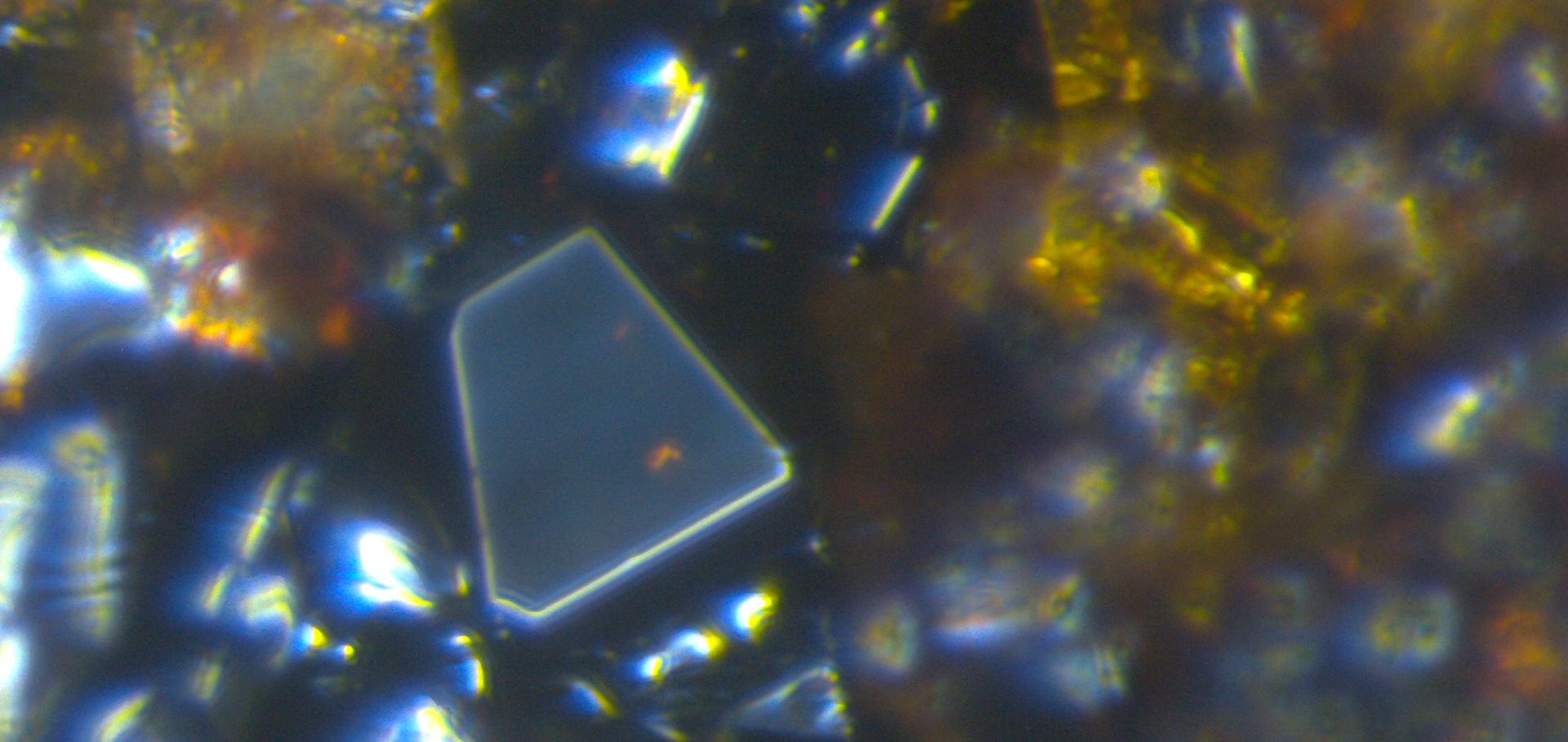Dimensional reduction by geometrical frustration in a cubic antiferromagnet composed of tetrahedral clusters
Nature Communications Nature Research 12:1 (2021) 4382
Abstract:
Dimensionality is a critical factor in determining the properties of solids and is an apparent built-in character of the crystal structure. However, it can be an emergent and tunable property in geometrically frustrated spin systems. Here, we study the spin dynamics of the tetrahedral cluster antiferromagnet, pharmacosiderite, via muon spin resonance and neutron scattering. We find that the spin correlation exhibits a two-dimensional characteristic despite the isotropic connectivity of tetrahedral clusters made of spin 5/2 Fe3+ ions in the three-dimensional cubic crystal, which we ascribe to two-dimensionalisation by geometrical frustration based on spin wave calculations. Moreover, we suggest that even one-dimensionalisation occurs in the decoupled layers, generating low-energy and one-dimensional excitation modes, causing large spin fluctuation in the classical spin system. Pharmacosiderite facilitates studying the emergence of low-dimensionality and manipulating anisotropic responses arising from the dimensionality using an external magnetic field.Dimensional reduction by geometrical frustration in a cubic antiferromagnet composed of tetrahedral clusters
ArXiv 2107.08735 (2021)
Thermal Hall Effects of Spins and Phonons in Kagome Antiferromagnet Cd-Kapellasite
Physical Review X American Physical Society (APS) 10:4 (2020) 041059
Magnetization Plateau Observed by Ultra-High Field Faraday Rotation in a Kagomé Antiferromagnet Herbertsmithite
ArXiv 2009.12476 (2020)
Fermionic order by disorder in a van der Waals antiferromagnet
Scientific Reports Springer Nature 10:1 (2020) 15311


